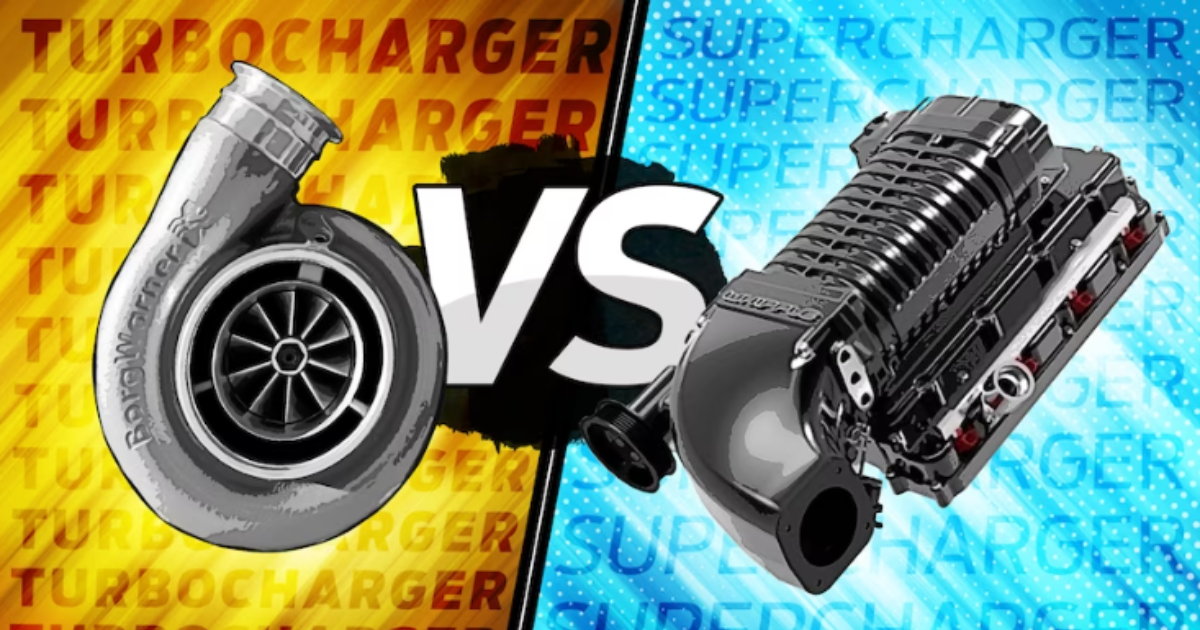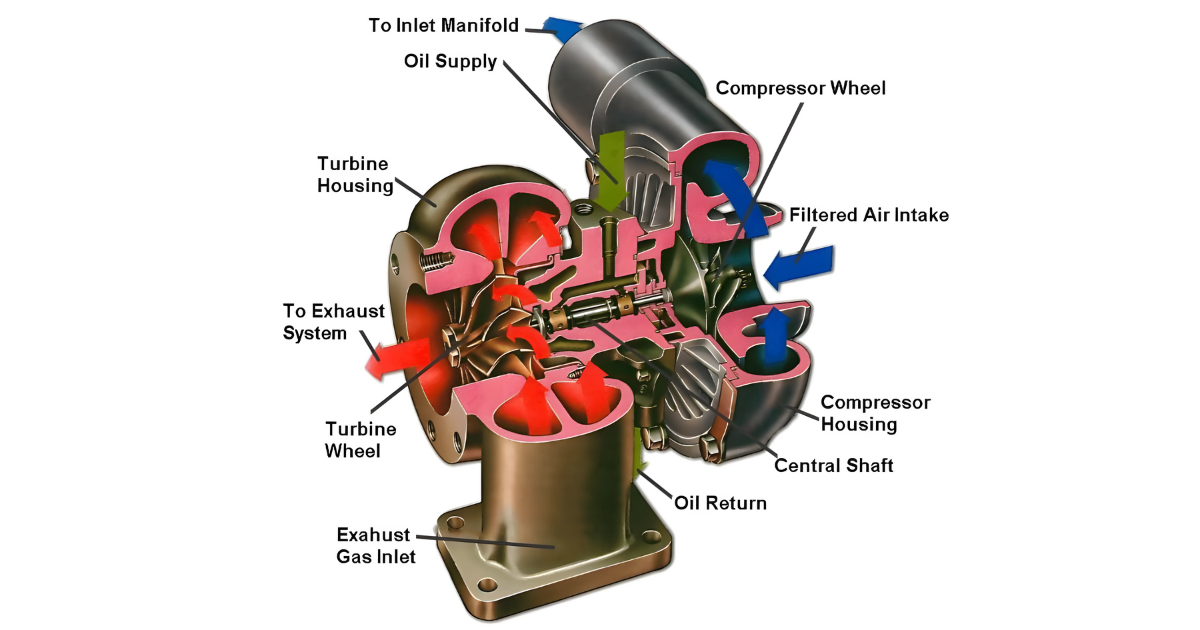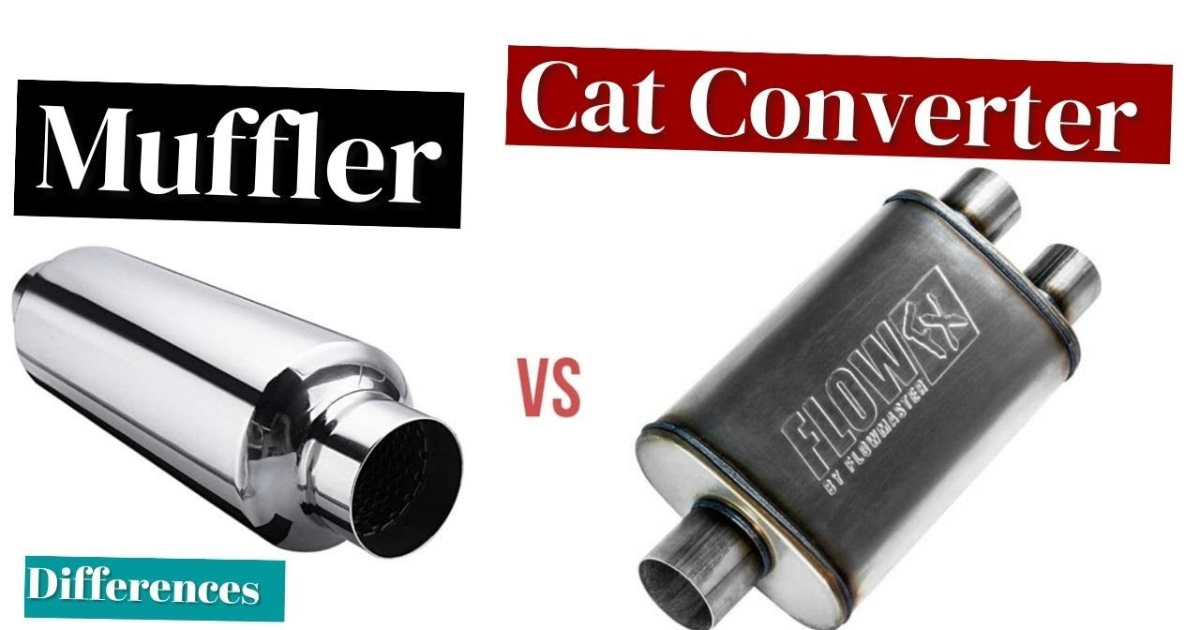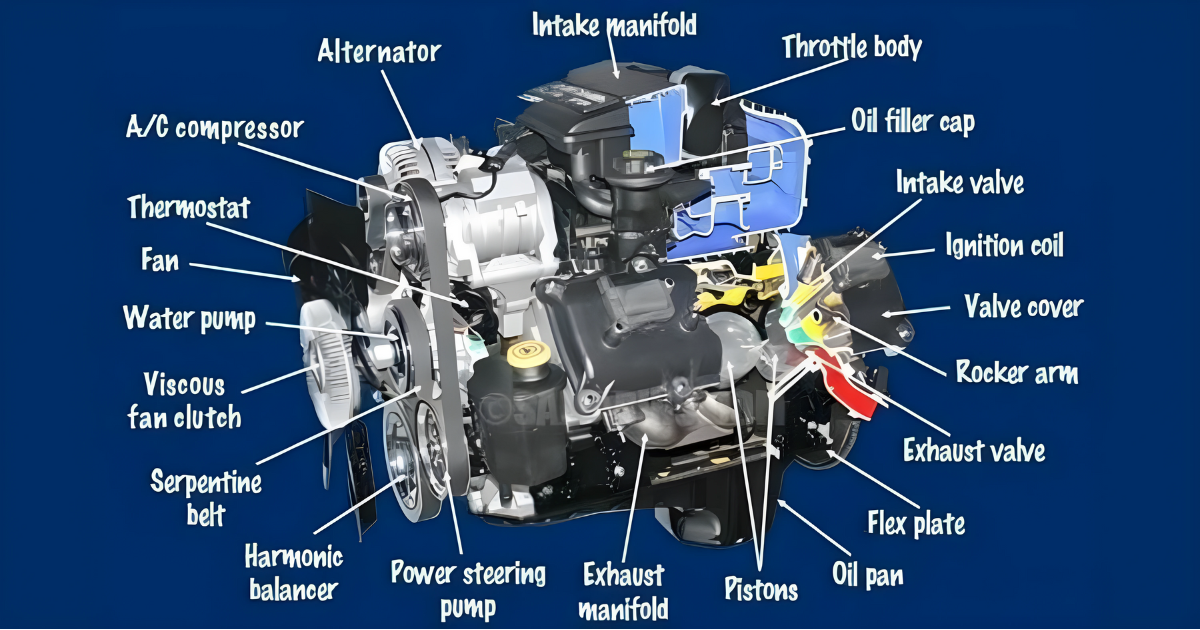Increasing your car’s horsepower is probably something you’ve considered before if you’re an auto enthusiast. Using a supercharger or turbocharger is just one of numerous tricks to boost a vehicle’s horsepower. What is the difference between a turbocharger and a supercharger, and how do they operate?
Supercharger
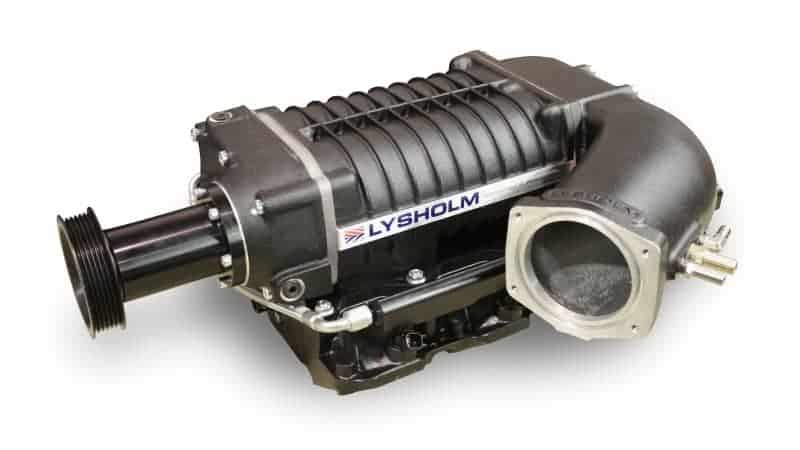
In order to increase their power, most speed-oriented vehicles, such as sports cars, use a supercharger. The principal function of this air compressor is to increase the density and pressure of the air that is introduced into the engine. Increased power is directly proportional to the amount of air that reaches the engine since more air requires more fuel to ignite.
The supercharger is mechanically driven by the engine and operates through a belt, chain, or shaft connected to the crankshaft of the engine.
Turbocharger

Here we have the former, the opposing viewpoint in the argument between turbochargers and superchargers. When it comes to auto-tuning to increase performance, the turbocharger is a frequent component. The rapid release of exhaust gasses, which are ignition-dependent, is exploited by this automobile accessory. A turbocharger takes use of the energy in exhaust gasses rather than wasting it.
The power booster functions similarly to a turbine, utilizing the exhaust gases to propel additional air into the combustion chamber.
Difference Between Superchargers and Turbochargers
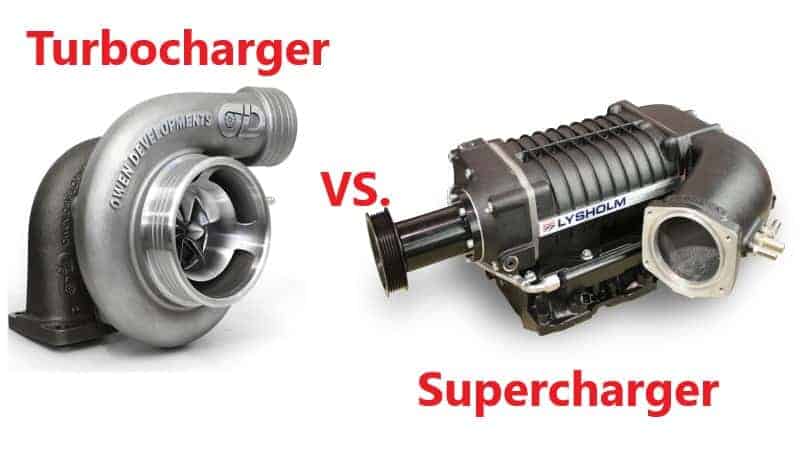
Supercharger vs. Turbocharger: Fuel Efficiency
Fuel economy is an important consideration when deciding between a turbocharger and a supercharger. Here, we’re going to look at how the boosters affect gas mileage. They boost power and towing capacity when bolted onto a smaller engine. Which one, then, is better from a consumption standpoint?
Checking out how they work will reveal that the turbocharger is the best. In order to increase the amount of air available for combustion, a turbo uses the energy released by the engine’s exhaust gasses.
The power to compress air and transport it to the combustion area is supplied by the engine to the supercharger. Although it can achieve efficiencies of up to 40%, it might cause a power loss of 20% at most.
Supercharger vs. Turbocharger: Price Comparison
In order to gain a better understanding of these two automotive horsepower boosters, we will also discuss the prices of superchargers and turbochargers. When shopping for one, it’s important to consider your budget to get the most affordable option.
Including labour, the cost to install a supercharger ranges from about $1,000 to $7,500. Car size, brand, and model all play a role in the final pricing. You should expect to pay between $500 and $2500 for a turbocharger, not including labor costs.
Having knowledge in such installations and fittings, when the typical mechanic’s toolbox is sufficient, might help you save money on labor. Nonetheless, it is best to seek the advice of an expert if you are unsure about how to proceed.
Supercharger vs. Turbocharger: Sound
The type of the modification may be one of several things revealed by the engine’s noises. Now we can compare the sound of a supercharger and a turbocharger. Because of the suction effect, which occurs when superchargers draw air into their assembly, they generate a great deal of noise.
Installing a twin-screw supercharger is a great way to turn heads as you cruise down the street because it produces the greatest noise. As the pressurized air is released through the outlet of a centrifugal type, it will also make a whistling sound. Most automotive enthusiasts aim for higher sound pitches to demonstrate their vehicles’ power output.
The sound produced by turbochargers is more akin to a low-pitched, gentle whine. Adding a turbo to your car’s engine is one option if you find road noise to be an issue. Keep an ear out for unusual noises; these can indicate engine trouble.
Supercharger vs. Turbocharger: HP
Both the supercharger and the turbocharger increase the engine’s power output, as mentioned multiple times in this essay. They accomplish this by delivering compressed air to the engine for combustion, making it denser.
Turbochargers vs. superchargers Which one is the best in terms of HP output? Power increases of 40-50% are possible with the help of the supercharger. The issue is that it uses about 20% of the engine’s power, which it gets from the engine. It guarantees that the car uses more power than comparable vehicles without the add-on, even when some power is deducted.
An increase of 30–40% in engine power is possible with a turbocharger. In spite of its lag, it is an outstanding increment. The supercharger outperforms the turbocharger when it comes to power output.
Supercharger vs. Turbo: Consistent effectiveness
The turbocharger is highly effective in reducing emissions and improving fuel efficiency, among other things. Also, it’s not too noisy when it’s operating. What matters most when discussing dependability is the quality you are looking for. It could be seen as a biased tie.
Supercharger vs. Turbocharger: Power Delivery
Power delivery, specifically the source of such power, is where superchargers and turbochargers diverge. The former is mechanically propelled by an engine using a chain or belt. The second one is a turbine that runs on waste gas.
They make every effort to increase the horsepower in the power delivery. It can be increased by as much as 50% with the supercharger and 40% with the turbo. In order to generate greater horsepower, the supercharger consumes engine power, which is a drawback of its power distribution system. That reduces how effective it is.
Last Thoughts
Supercharging and turbocharging are only two of the several methods available to increase your vehicle’s horsepower. Despite sharing a common goal, the two methods for achieving a power lift are distinct, as you can see from this article. They add greater power by supplying compressed air to the intake, which mixes with fuel.
Based on your objectives, choose the better option for your car. If you are not sure what you’re doing, it’s best to get a professional to install it.

